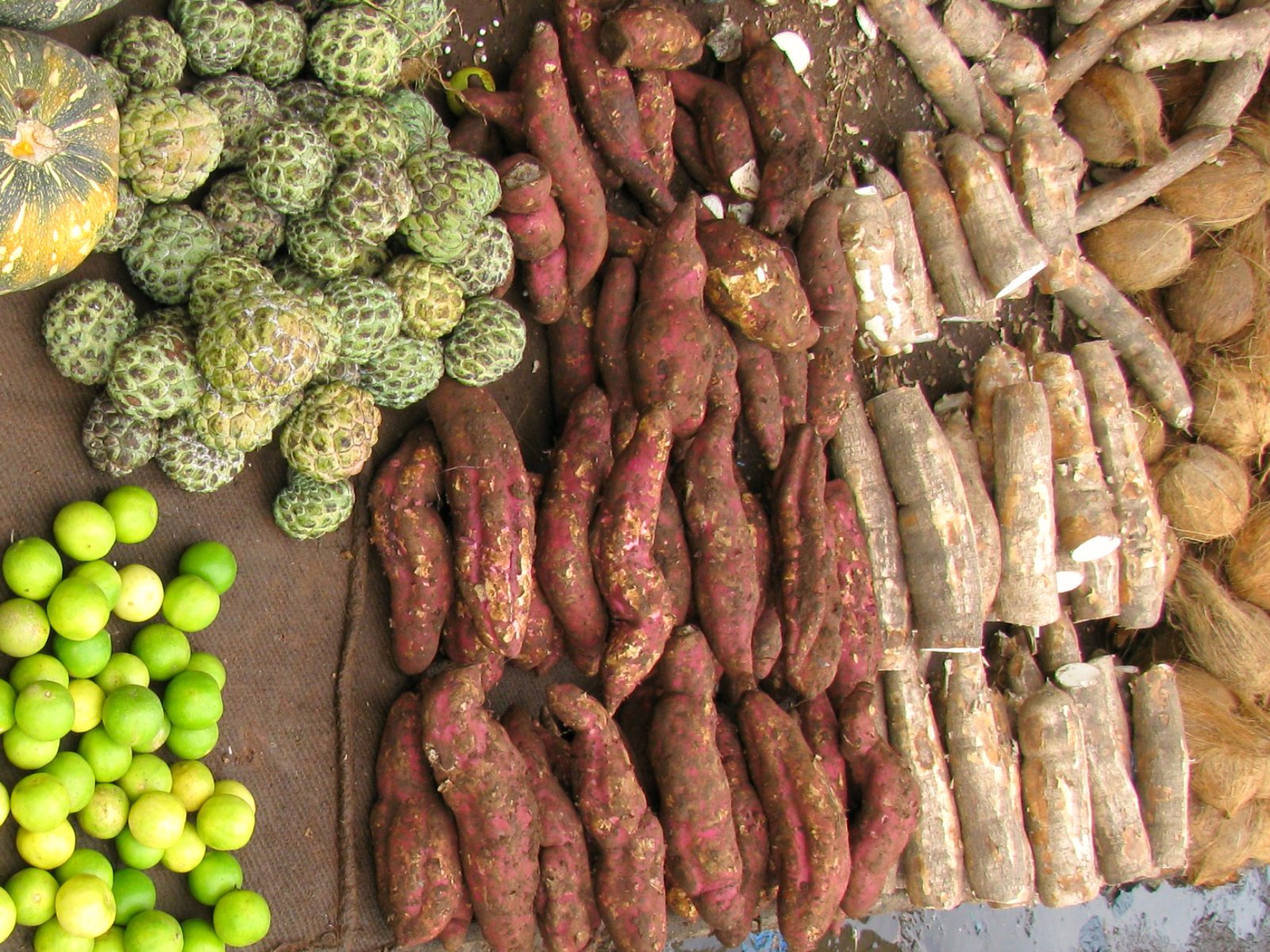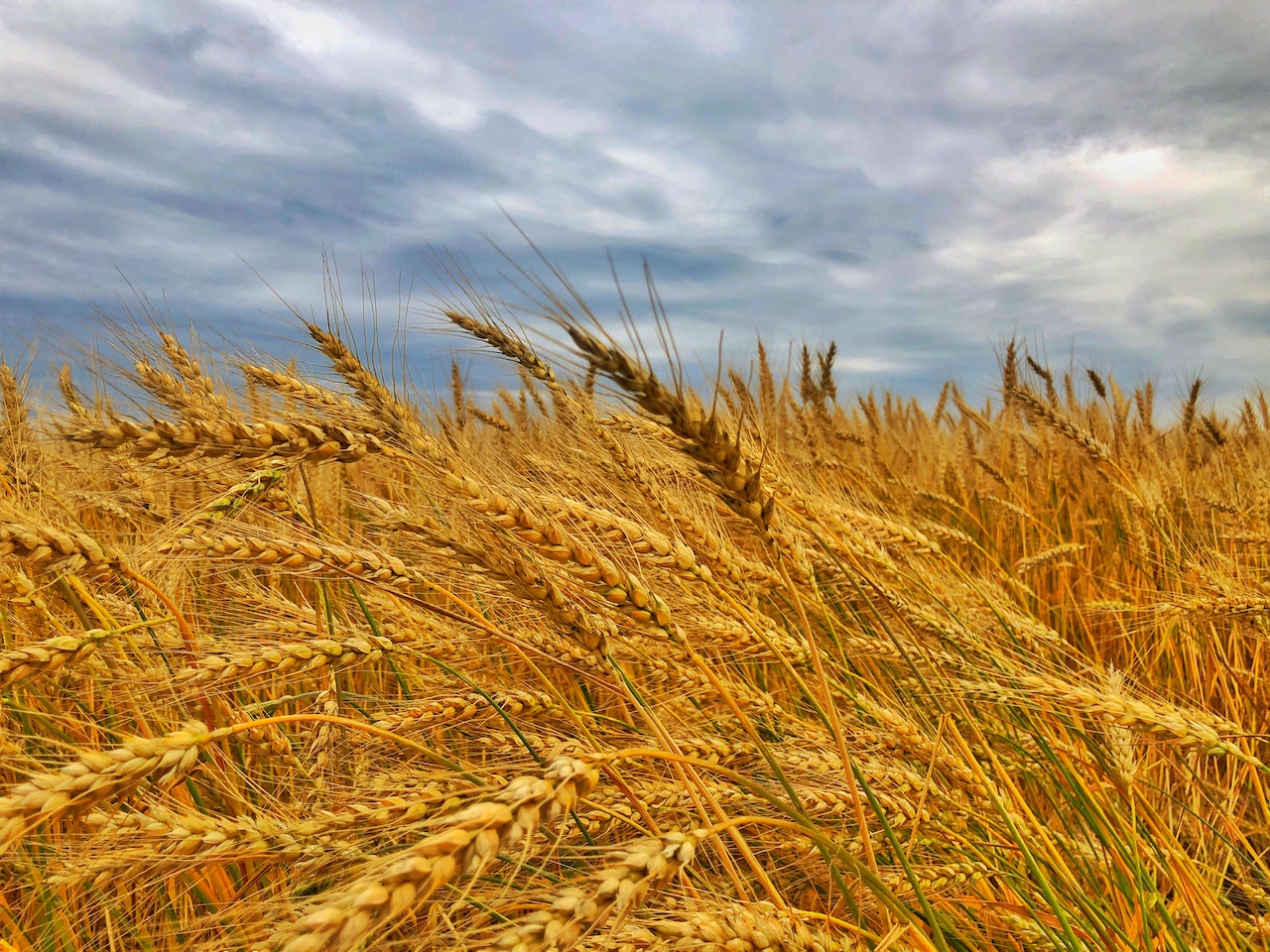There are two types of shea butter. However, 90 per cent of the global market is dominated by the one variety. Ensuring that both have access the global market has the potential improve the lives of 150 million farmers across the Sahelian shea belt, writes Ojok Okello.
Shea butter has been an essential for Africans for centuries. From those who have used as a staple cooking fat, to ancients queens like Cleopatra, Sheba, and Nefertiti who incorporated it into their skincare routines.
The unparalleled socioeconomic and health advantages of shea butter have propelled its ascension to become a key global commodity. Over the past twenty years, the global shea industry has witnessed extraordinary growth of over 600 per cent. The current global market value is estimated at £2.36 billion, and projections suggest continued annual growth of 7 per cent until 2030. While Nigeria is the world’s largest producer of shea butter, Ghana leads it’s exportation, shipping about 60,000 metric tons each year.
There are two types of Shea butter: ‘Vitellaria Paradoxa’ and ‘Vitalleria Nilotica’. Paradoxa grows in 17 West African countries, whilst Nilotica only grows in Northern Uganda and South Sudan.
Shea butter is predominantly used in the food industry and nutrition sector. This accounts for 90 per cent of its consumption. The non-greasy and cholesterol-free fats in shea butter helps it to enhance the consistency of items it is added to. This makes it a highly sought-after ingredient in the confectionary industry, particularly as a cocoa butter equivalent or supplement in chocolate production. These characteristics favour paradoxa shea butter from West Africa because of its high melting point and stearic acid concentration. Out of the 300,000 metric tons of shea butter exported by the four major exporting countries (Ghana, Nigeria, Mali, & Uganda, more than 90 per cent is West African paradoxa.
Despite its market dominance. West Africa’s paradoxa is known for its strong nut scent, which takes some getting used to. Additionally, for cosmetic use it often needs to be heated for easier application, which can be inconvenient. Its latex content also makes it unsuitable as a massage or lubricant alternative.
Nilotica, a different kind of shea butter
Nilotica shea butter has a milder scent, a lower melting point (25-30 degrees Celsius), a higher oleic acid (50-60 per cent), and Vitamin E&K concentrations. This makes nilotica shea butter easier to incorporate into cosmetics additional processing, and has a softer, smoother quality at room temperature. It melts upon contact with the body and is more readily absorbed by skin and hair. The East African variant is non-greasy and latex-free, making it a preferable for massage and lubrication.
Despite these advantages, nilotica shea butter is not the preferred choice of the cosmetic industry, mainly due to three reasons. First, the supply of East African shea butter is limited because its trees are only found in Uganda and South Sudan, whereas paradoxa shea trees are abundant West and Central Africa. Secondly, conflicts in northern Uganda and South Sudan have hindered both government and private sector efforts to harness the benefits of the shea trees. Although the conflict in northern Uganda has subsided and investments are being made to develop the shea butter value chain, South Sudan remains unstable, and poor road and connectivity networks have impeded the industry’s development. Thirdly, East African shea butter is more expensive as it requires refrigerated shipment due to its lower melting point.
The limited supply of nilotica shea butter has driven the cosmetics industry to invest in maximizing the use of paradoxa shea butter. Major global cosmetics companies like L’Occitane, L’Oreal, Body Shop work directly with shea farmers in West Africa to source paradoxa shea butter as a key raw material for their skin moisturising products. None of these companies source shea nuts or collaborate with shea farmers from northern Uganda or South Sudan.
The differences between nilotica and paradoxa shea butter do not imply that one is superior to the other. What matters is the intended use. For example, if someone wants to heal their skin from scarring and use it as a cocoa butter equivalent, the West African variety is preferable due to its higher vitamin A and stearic acid content. Conversely, if someone needs a super moisturiser and an alternative to lubricant, then nilotica shea butter is more suitable due to its creamier texture, non-latex content, and higher oleic acid concentration.
Expanding the benefits
The rise of shea butter as a global commodity has the potential to improve the livelihoods of over 150 million people living along the shea belt in the 19 African countries where shea trees naturally thrive. To meet this potential, initiatives like the Global Shea Alliance must expand their investments beyond West Africa to include farmers in northern Uganda and South Sudan.
The governments of Uganda and South Sudan must learn from their West African counterparts to develop their shea sectors. Unlike Ghana, Burkina Faso, and Mali, Uganda and South Sudan lack national boards or authorities to support research and development, market-access, and value-chain development of shea butter. Facilitating knowledge exchanges between shea farmers and other stakeholders across East and West African countries will enable the effective sharing of best practices, challenges, and opportunities for developing a more robust global shea economy.
Across the shea belt in both East and West Africa, women are the driving force behind the shea economy. They serve as custodians of the shea trees and participate in all activities across the value chain. However, they rely on traditional, labour-intensive methods for shea butter production, which hampers their ability to fully capitalise on the shea assets.
Despite their hard work, these women receive only a small fraction of the benefits from shea butter exports. However, investing in value addition technologies, facilitating access to land and microcredit, and providing business development support specifically for female shea farmers could yield substantial benefits. There is a great opportunity, given the right public policies, private sector support, and development interventions for the shea butter industry to have a great impact on reducing poverty and gender inequality.
Photo credit: scottgunn used with permission CC BY-NC 2.0





